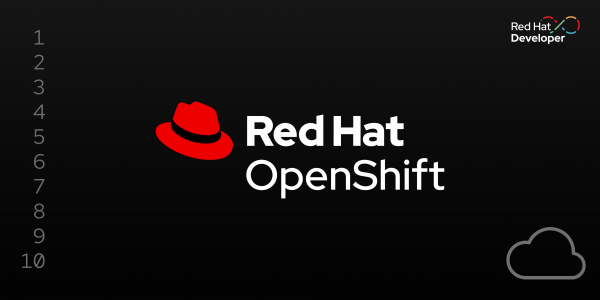Overview: How to deploy full-stack JavaScript applications in OpenShift
Red Hat OpenShift is a Kubernetes distribution that makes it easy to deploy and scale applications in the cloud. In this hands-on learning path, you will learn how to deploy a full-stack JavaScript application in an OpenShift cluster.
Starting from source code, you will take an application that runs locally and deploy it in the Developer Sandbox. This lab consists of five parts:
- Set up your working environment for Node.js and OpenShift development.
- Run an application locally, then build a container for the front end, and deploy it to OpenShift.
- Deploy a database to OpenShift.
- Deploy the back end and connect it to the database and front end using environment variables, then add a health check.
- Deploy a new microservice from an existing image and connect all of the services using environment variables.
Prerequisites:
- An account with Developer Sandbox.
- Online Git account such as GitHub or GitLab.
- Online image registry account such as Quay.io.
- Access to the command line on your PC.
- Git command-line interface.
- Podman installed on your machine.
In this learning path, you will:
- Verify an application by running it locally on your machine.
- Build an image on your machine, push it to a registry, and deploy it to OpenShift.
- Deploy an app to OpenShift from source code using Source-to-Image (S2I).
- Use OpenShift’s built-in PostgreSQL template to get a database up and running.
- Alter a deployment’s environment variables at the command line.
- Deploy a service from an existing (pre-compiled) image.

